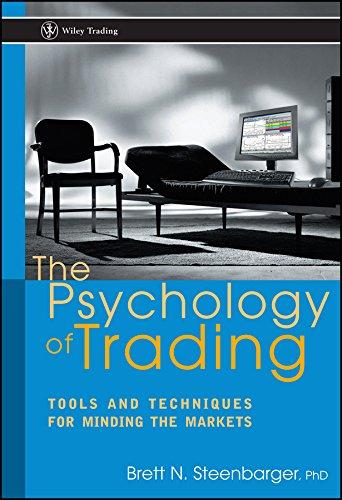b. If BSE had made the same total payouts using dividends only (and so kept its share count constant), what dividend would it have paid and what would its ex. dividend share price have been each year? (Round to two decimal places.) c. If B\&E had made the same total payouts using repurchases only (and so paid no dividends), what share count would it have had and what would its share price have been eoch yoar? (Hint Use the ending equity for the current year from part (a) above) (Round to two decimal places.) d. Consider a shareholder who owns 30 shares of B\&E intially, does not sell any shares, and reinvests all dividends at the ex.dmidend share price. Would this sharefioider have preforred the payout policy in (b), (c), or the original policy? (Seloct the best choice bolow) A. The Modighiani-Meler dividend errelevance proposition imples that the shareholder should prefer the payout policy in (c) As long as the investor keeps the fraction invested the same (in this case, filly invested), the value of her porticio should be better off with the payout poicy in (c). B. The Modigliani-Miller dividead rrelevance proposition imples that the shareholder should prefer the payout policy in (b). As iong as the investor keeps the fraction invested the same (in this case, fully invested), the value of her portiolio should be better off with the payout policy in (b). C. The Modiglian-Miller divdend irrelevance propositon implies that the shareholder should be indiflerent As long as the investor keeps the fraction invested the same (in this case, fully imvested), the value of her portfolio should be independent of the policy D. The Modigiani-Mater dividend irrelevance proposition implies that the shareholder should preter tha orginal policy As long as the investor keops the fraction invested the same (in this case, fully imvested), the value of her portfolio should be betler off with the criginal poiky Suppose B\&E Press paid dividends at the end of each year according to the schedule shown here, It also reduced its share count by repurchasing 4.9 million shares at the end of each year at the ex-dividend stock prices shown. (Assume perfect capital markets) a. What is total market value of B\&E's equity, and what is the total amount paid out to shareholders, at the end of each year? b. If B&E had made the same total payouts using dividends only (and so kept its share count constant), what dividend would it have paid and what would its ex-dividend share price have been each year? c. If B&E had made the same total payouts using repurchases only (and so paid no dividends), what share count would it have had and what would its share price have been each year? (Hint. Use the ending equity for the current year from part (a) above.) d. Consider a shareholder who owns 15 shares of B\&E initially, does not sell any shares, and reinvests all dividends at the ex-dividend share price. Would this shareholder have preferred the payout policy in (b), (c), or the original policy? Data table (Click on the following icon in order to copy its contents into a spreadsheet)








